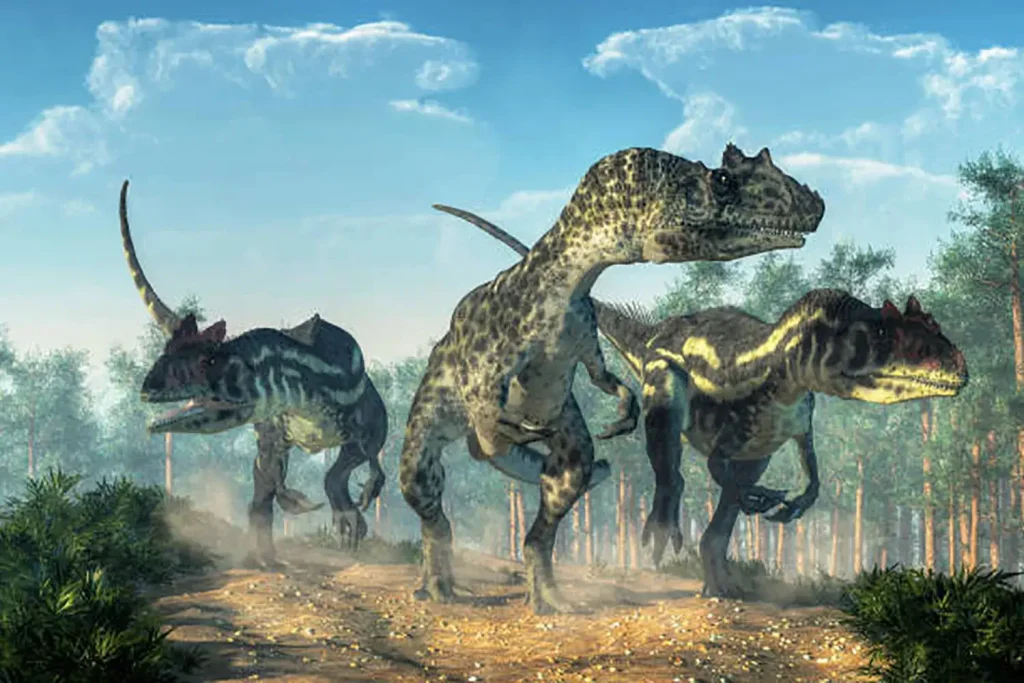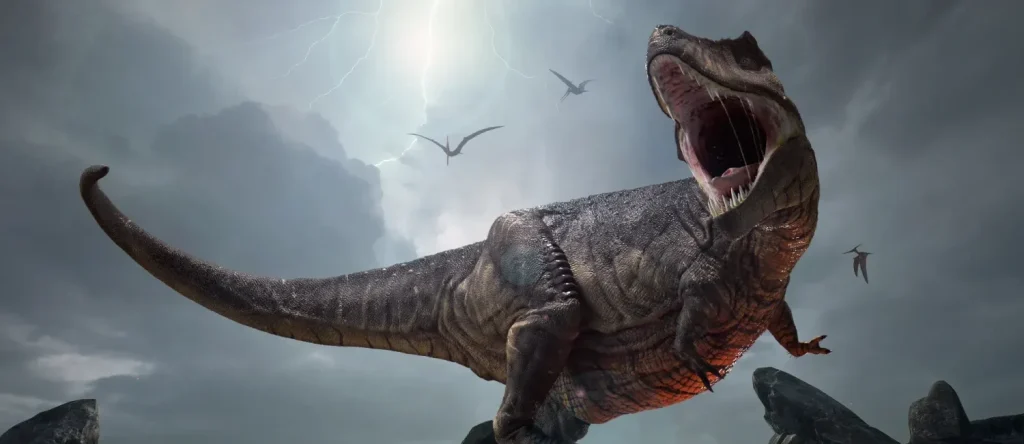The World of Herbivorous Dinosaurs: Key Species and Appeal, From the Largest Giants to the Most Unique Forms.
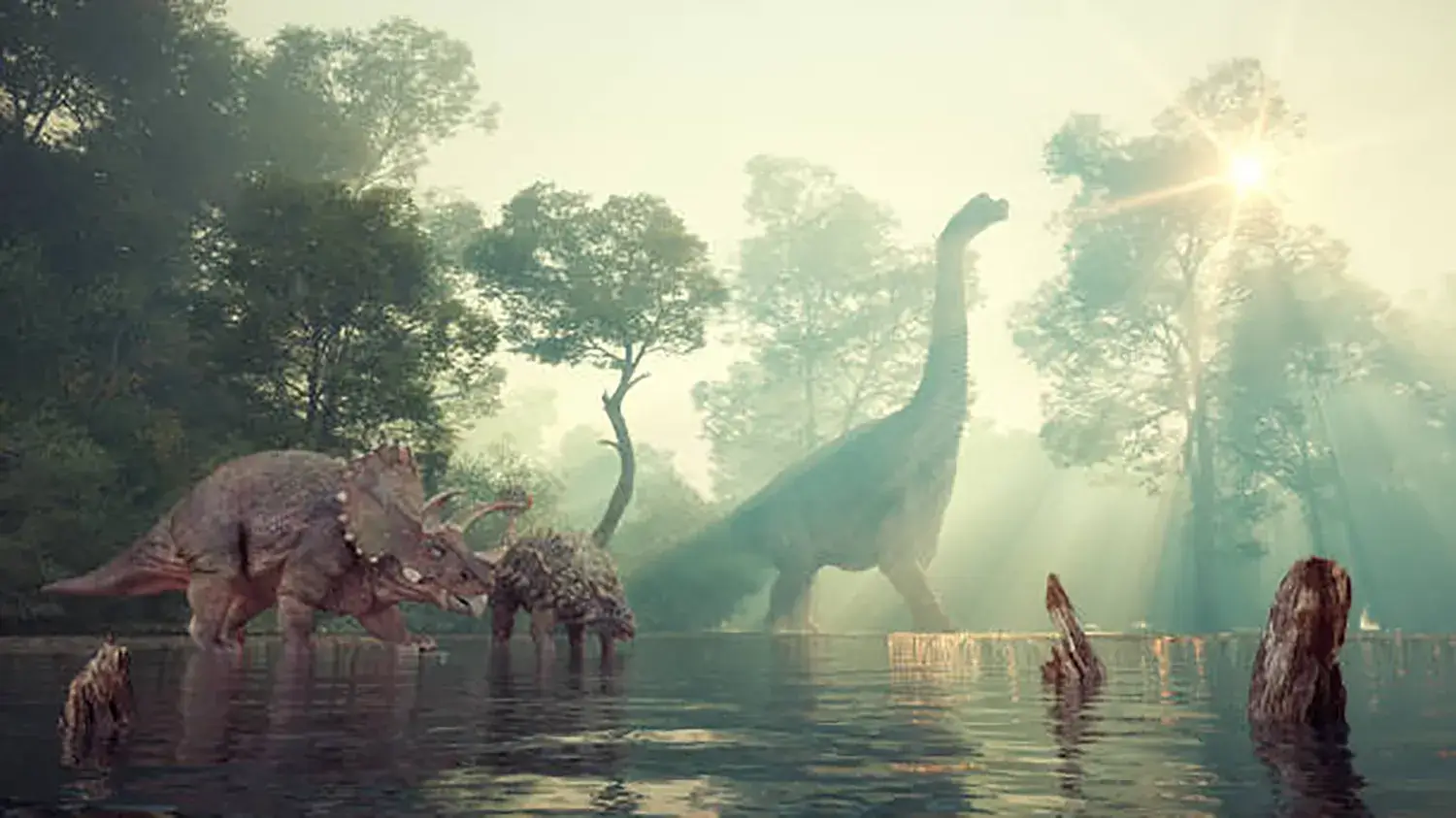
What kind of herbivorous dinosaurs come to mind?
In this article, we will delve into the appeal of representative herbivorous dinosaurs, ranging from the super-gigantic species—the largest animals in Earth’s history—to those with uniquely shaped bodies.
The Largest Land Animals: Colossal Sauropodomorphs
The epitome of herbivorous dinosaurs is the quadrupedal Sauropodomorpha.
This group includes Seismosaurus (over 40m long) and Argentinosaurus, among others.
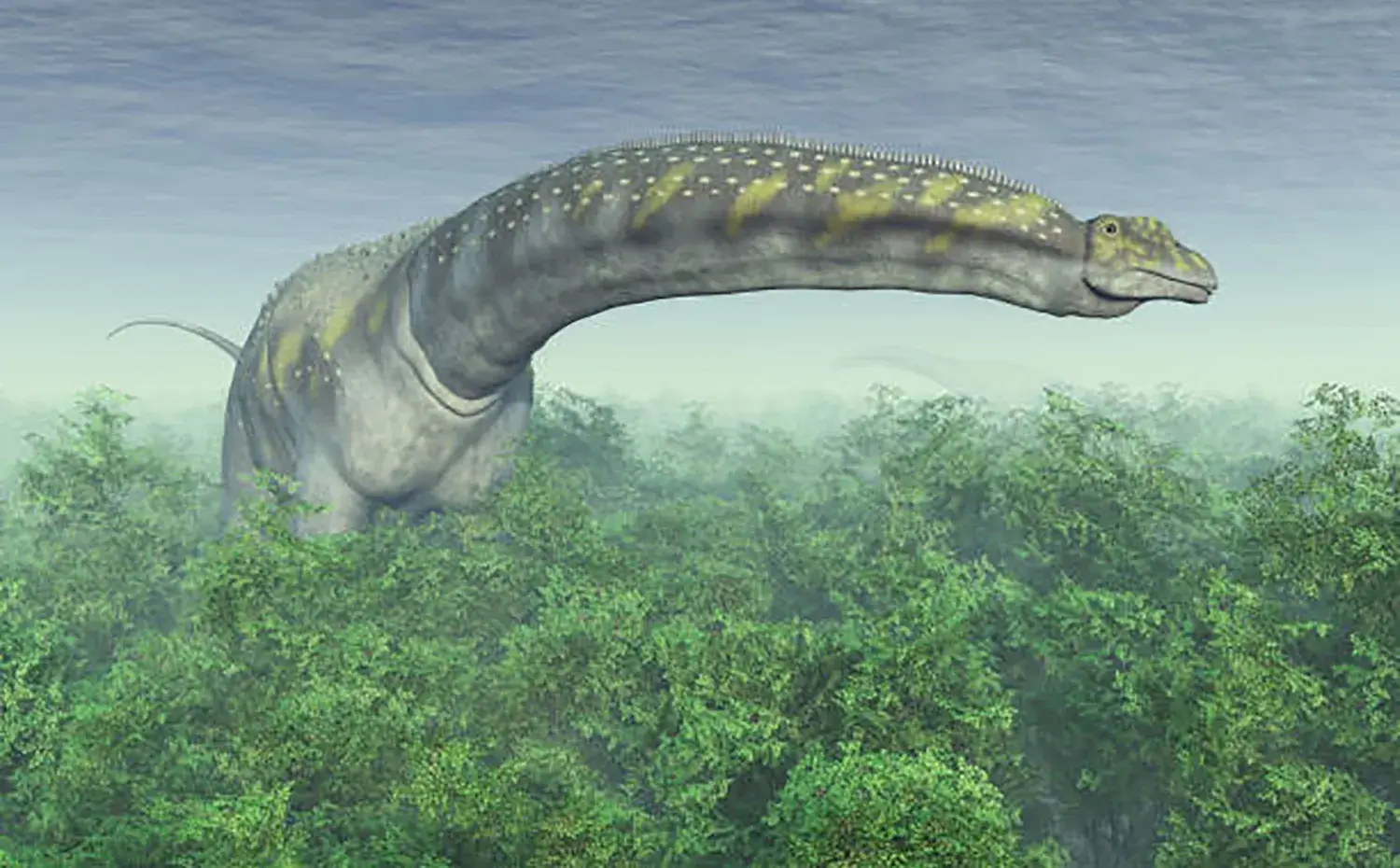
Argentinosaurus
These dinosaurs are among the largest land animals in Earth’s history, and their colossal size is truly overwhelming.
Sauropodomorphs are also characterized by their long necks and long tails.
The length of their necks is evidence of the incredibly tall and large plants that grew in ancient times, telling the story of how much food they needed to sustain their gigantic bodies.
Appealing Diversity! Other Representative Herbivorous Dinosaurs
In addition to Sauropodomorphs, there were many diverse groups of herbivorous dinosaurs.
Horned and Dome-Headed Dinosaurs (Marginocephalians)
This group includes the bipedal Pachycephalosaurus and Triceratops, with its armor-like body and two large horns.
Triceratops is particularly popular, known for its distinctive head frill.
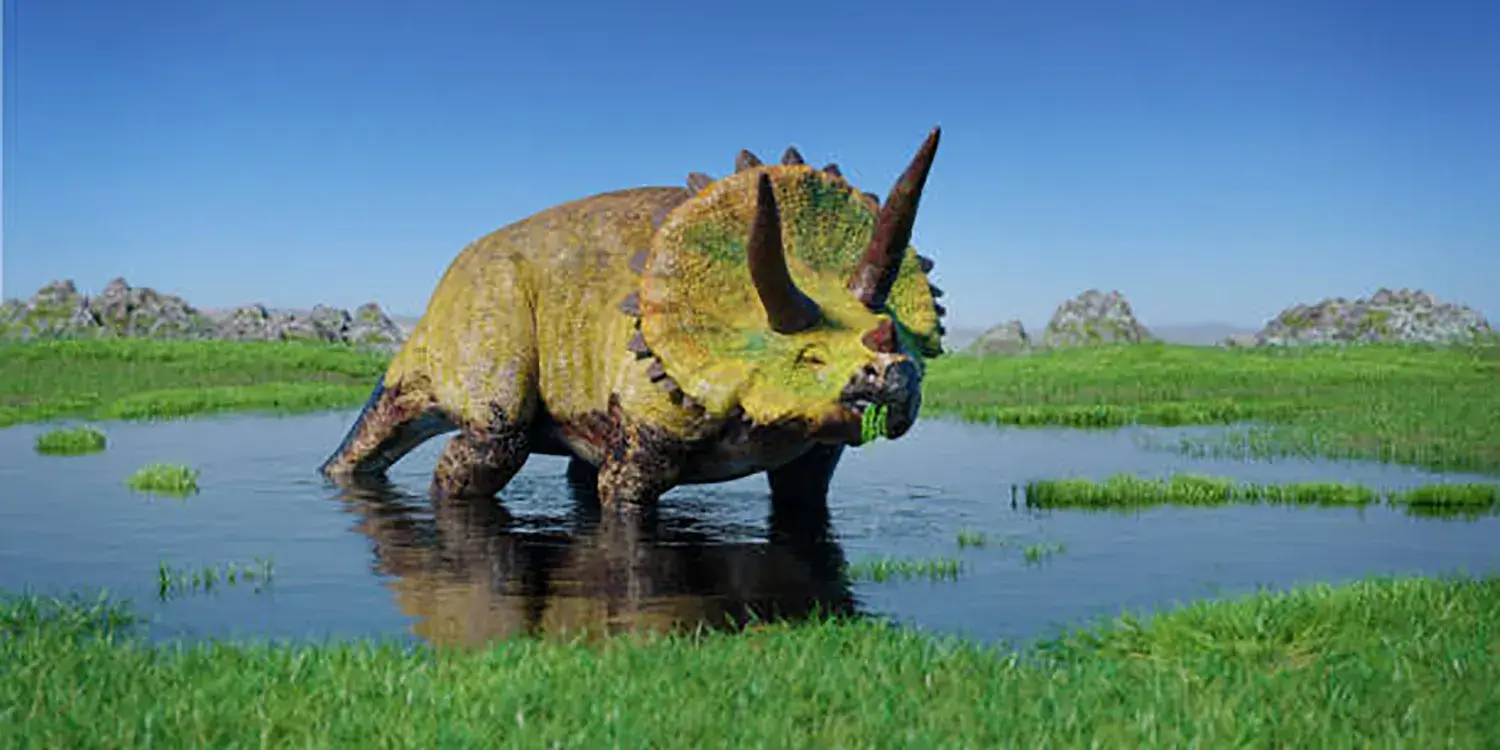
Triceratops
Stegosaurs (Plated Dinosaurs)
The most famous is the quadrupedal Stegosaurus, known for the two rows of large bony plates on its back.
Its unique appearance makes it widely recognized by children and adults alike.
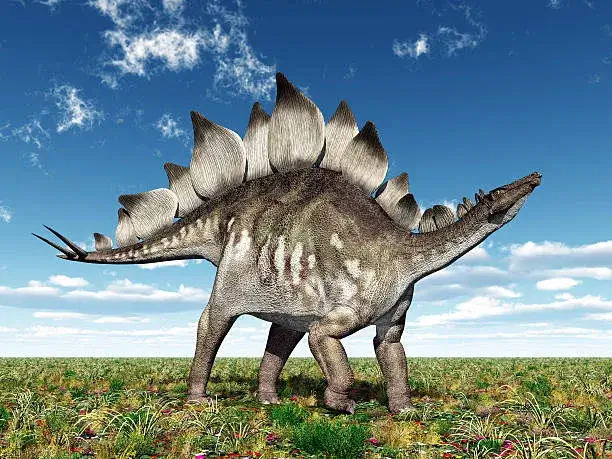
Stegosaurus
Duck-Billed Dinosaurs (Hadrosaurs)
This group includes Parasaurolophus, which is characterized by a large crest extending from the back of its head.
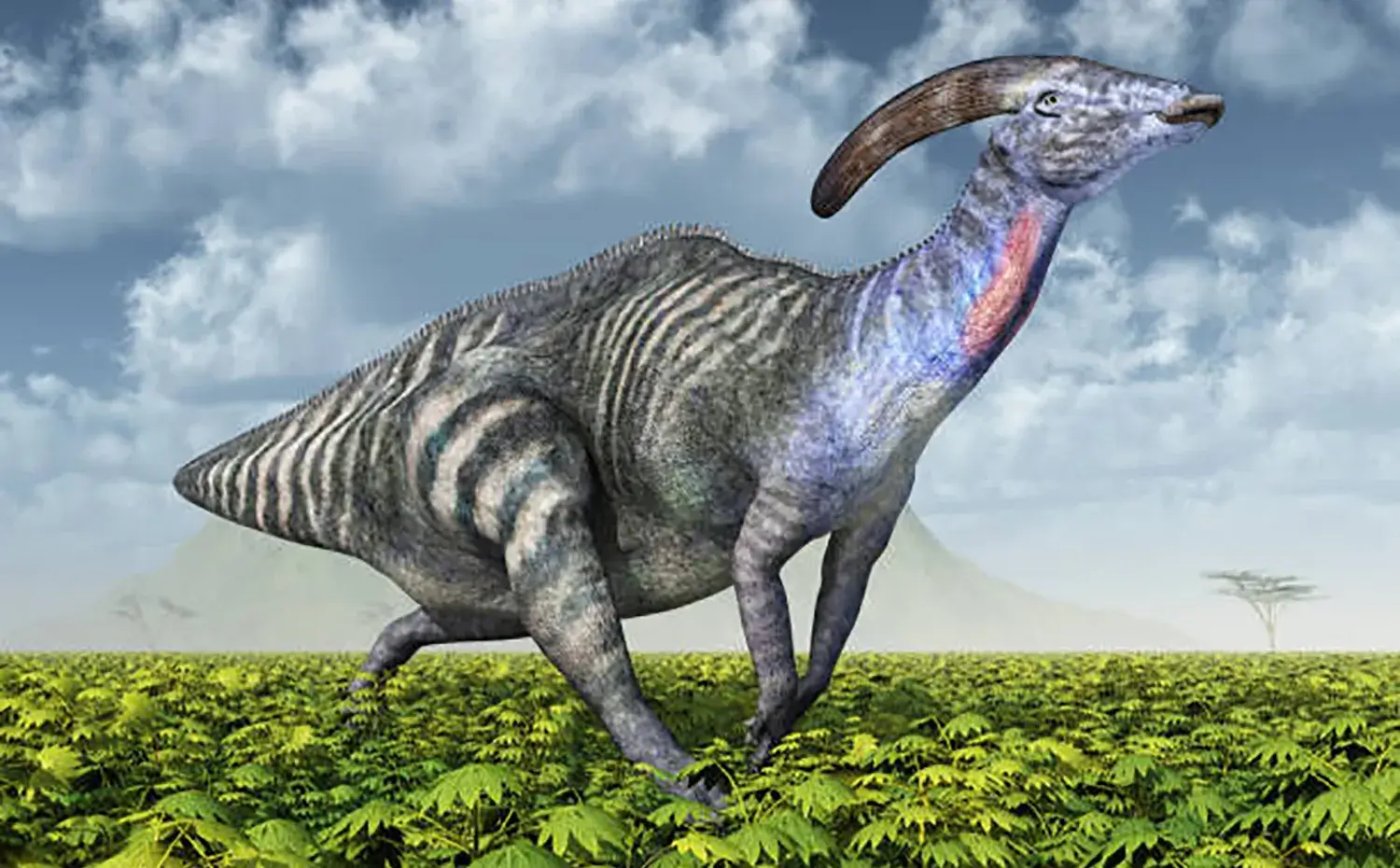
Parasaurolophus
Unique Herbivores Covered in Armor
Furthermore, some herbivores had truly unusual appearances.
For example, Euoplocephalus had countless spikes growing on a back that resembled a rigid turtle shell.
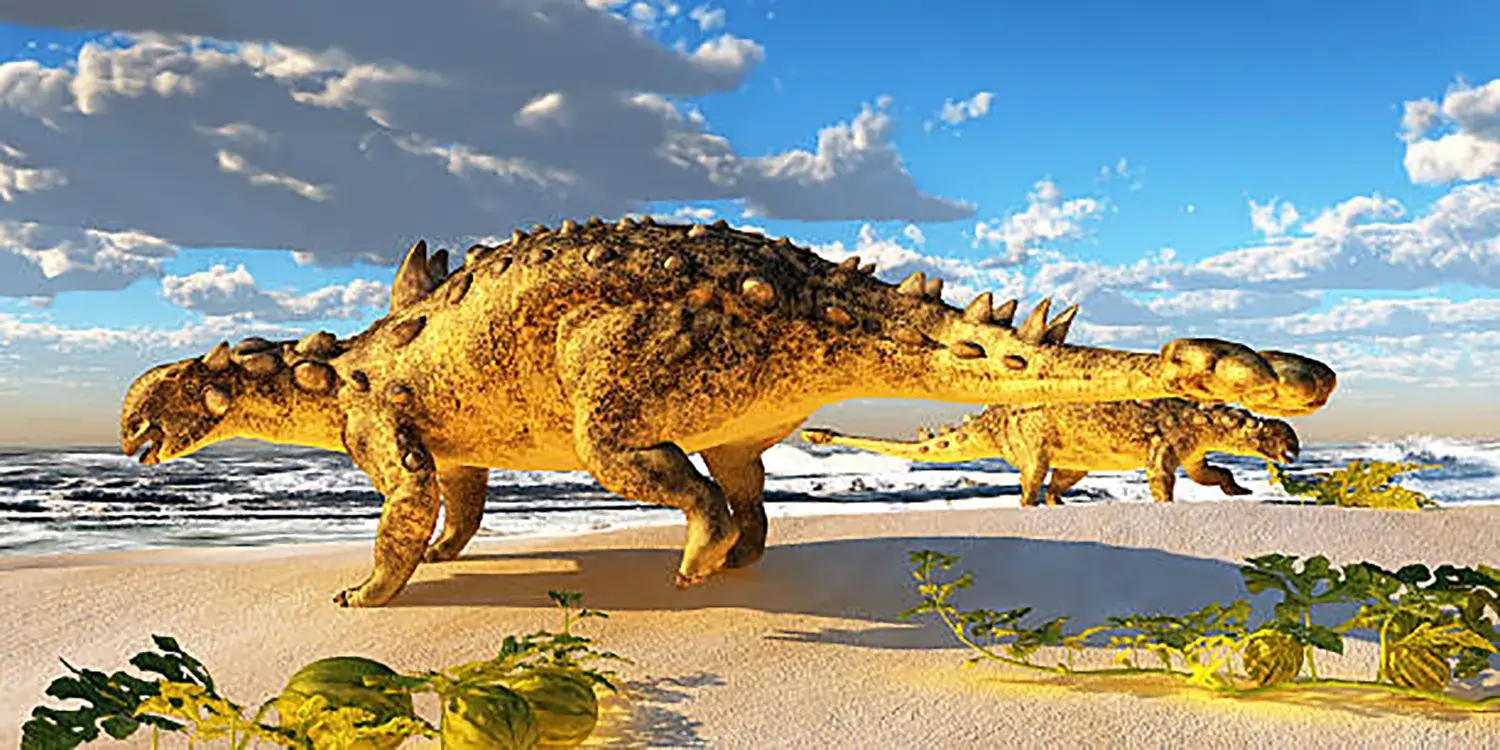
Euoplocephalus
This appearance, reminiscent of a heavily armored medieval knight, may have been an evolutionary necessity for self-defense against the predators of the time.
Summary
So, what did you think? Herbivorous dinosaurs were not just big; they were fascinating creatures that underwent diverse evolution.
The next time you look at a dinosaur encyclopedia, be sure to pay attention to their unique characteristics!
